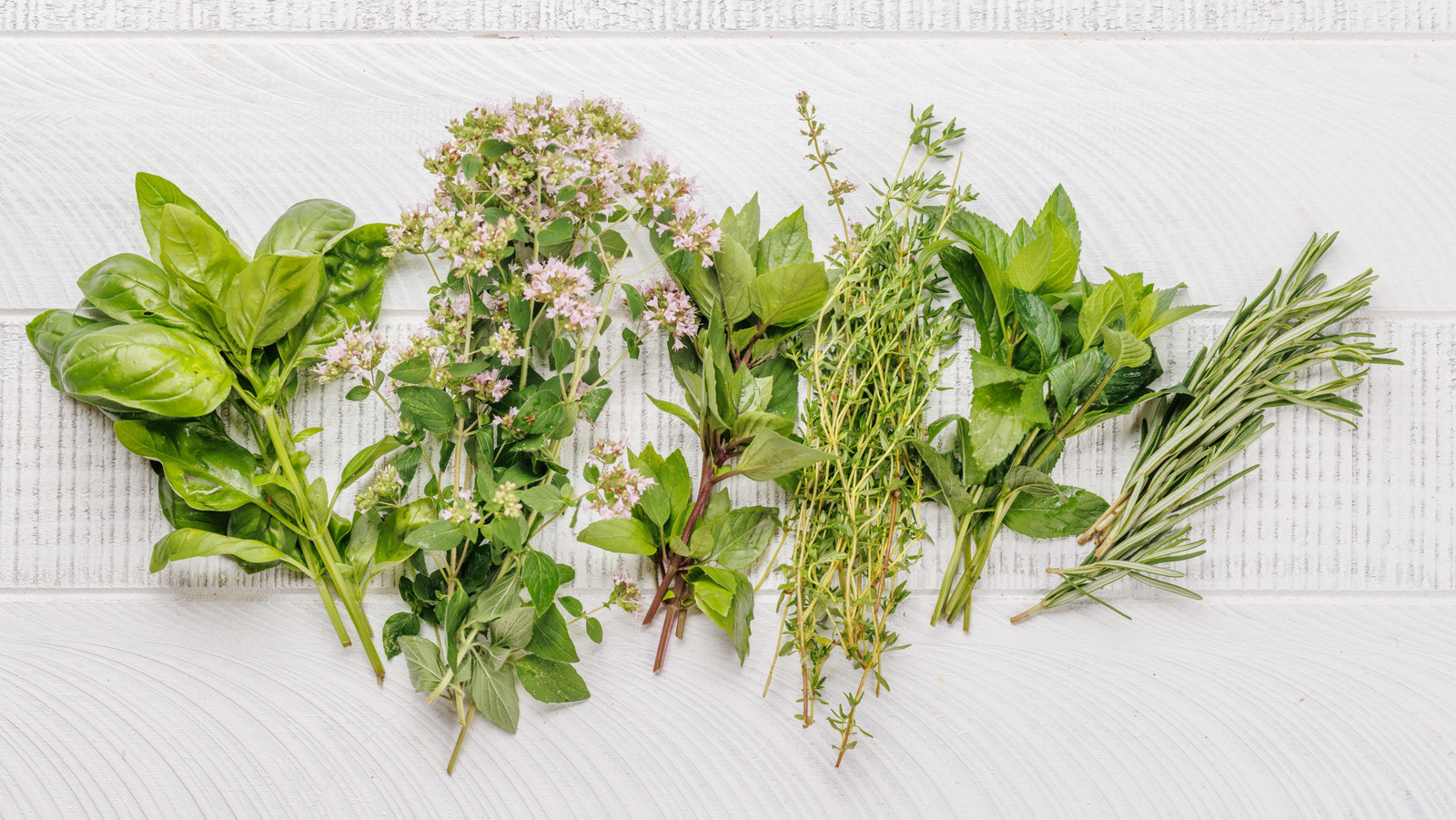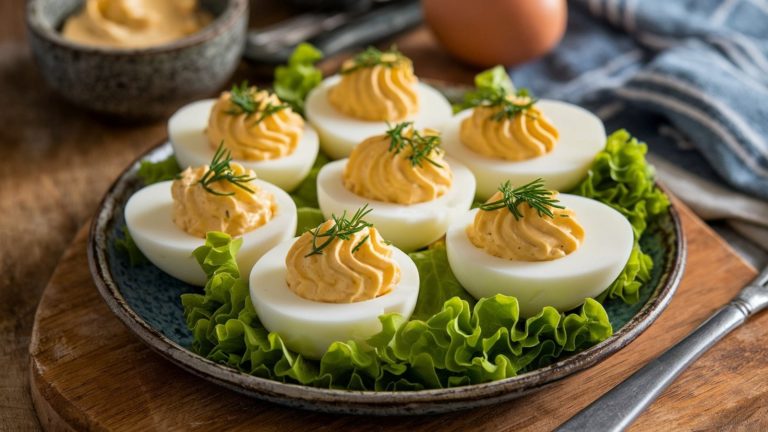Let’s talk herbs: The fragrant little plants that bring big flavor and aromatic intensity to any dish they’re added to. Herbs can be used fresh or dried, and at any stage of cooking, working wonders to round out your meal and add an extra burst of flavor. Two popular and often interchanged herbs are tarragon and fennel. Both herbs have a licorice flavor and are often used together in recipes. However, this doesn’t mean that they are the same.
In fact, there are some pretty big differences between the two. For starters, though both plants have a distinct licorice note, tarragon tends to have a more complex, subtle taste, especially when it is used fresh. Fennel, on the other hand, has a more intense licorice flavor, though this does depend on which part you use. Fennel fronds, the leafy green part above the bulb, have a fresher flavor than fennel seeds, which have a sweeter, more punchy anise taste. This is just the tip of the bulb though when it comes to the differences between fennel and tarragon. To more fully understand the variations, we must explore the unique properties of each herb.
A tiny bit about tarragon
Let’s begin with tarragon. It is known as “king of herbs” in France because of its ability to enhance almost any dish. Tarragon is a part of the sunflower family and grows wild across North America and the Eurasian continent. It can be identified by its long stems and pointed, thin, green leaves. There are many varieties of the herb, but the most popular is French tarragon, which has a uniquely intense flavor.
Speaking of flavor, tarragon has plenty. Fresh tarragon in particular has layered notes of eucalyptus, mint, citrus, vanilla, and even pepper. The most prominent flavor in tarragon is an anise-like licorice. This complex blend of flavors makes tarragon a wonderful choice for meat dishes, and it is often used in chicken recipes (Ina Garten loves it in chicken salad).
Tarragon can be used either fresh or dried. However, you’ll want to be careful about using the two interchangeably, as dried tarragon is much more licorice-forward than its fresh counterpart. Its subtle citrus notes all but fade out in the dry variety too, so you won’t get such a complex flavor. This should be considered when making the swap. You’ll also want to be mindful about the amount you use. Since dried tarragon has a more concentrated flavor, you should swap one tablespoon of fresh tarragon for one teaspoon of dried tarragon.
A fair bit on fennel
Unlike tarragon, which is used only for its leaves, the whole fennel plant is edible and can be used for various culinary purposes, meaning fennel is not just a herb but also a vegetable. The bulb is wide and fibrous with a mild taste. It is often used as the base for salads. The fronds and seeds, however, have a more concentrated flavor and are often used as herbs to season food.
Fennel is part of the carrot family and has green, leafy fronds. This part of the plant tastes most similar to tarragon. Both plants have a green, fresh taste, and that licorice kick, though tarragon has a more layered flavor. However, if you’re in a pinch, you can swap tarragon for fennel fronds. They work wonderfully in sauces, salads, and mixed into chicken soup.
Fennel seeds, on the other hand, have a simpler, sweeter taste. The most prominent note in fennel seed is licorice. It’s often used in Italian sausage, though it can also be used to season fish, beef, chicken, and veggies. Because of their sweetness, fennel seeds can also be used in cakes and puddings. Fennel seeds can sometimes be used in place of tarragon, so long as you’re primarily hoping to replicate the licorice taste — it simply doesn’t have the same multilayered edge that tarragon has. As with any aspect of cooking, both fennel and tarragon have their place in the kitchen. You just have to know when to use which.







